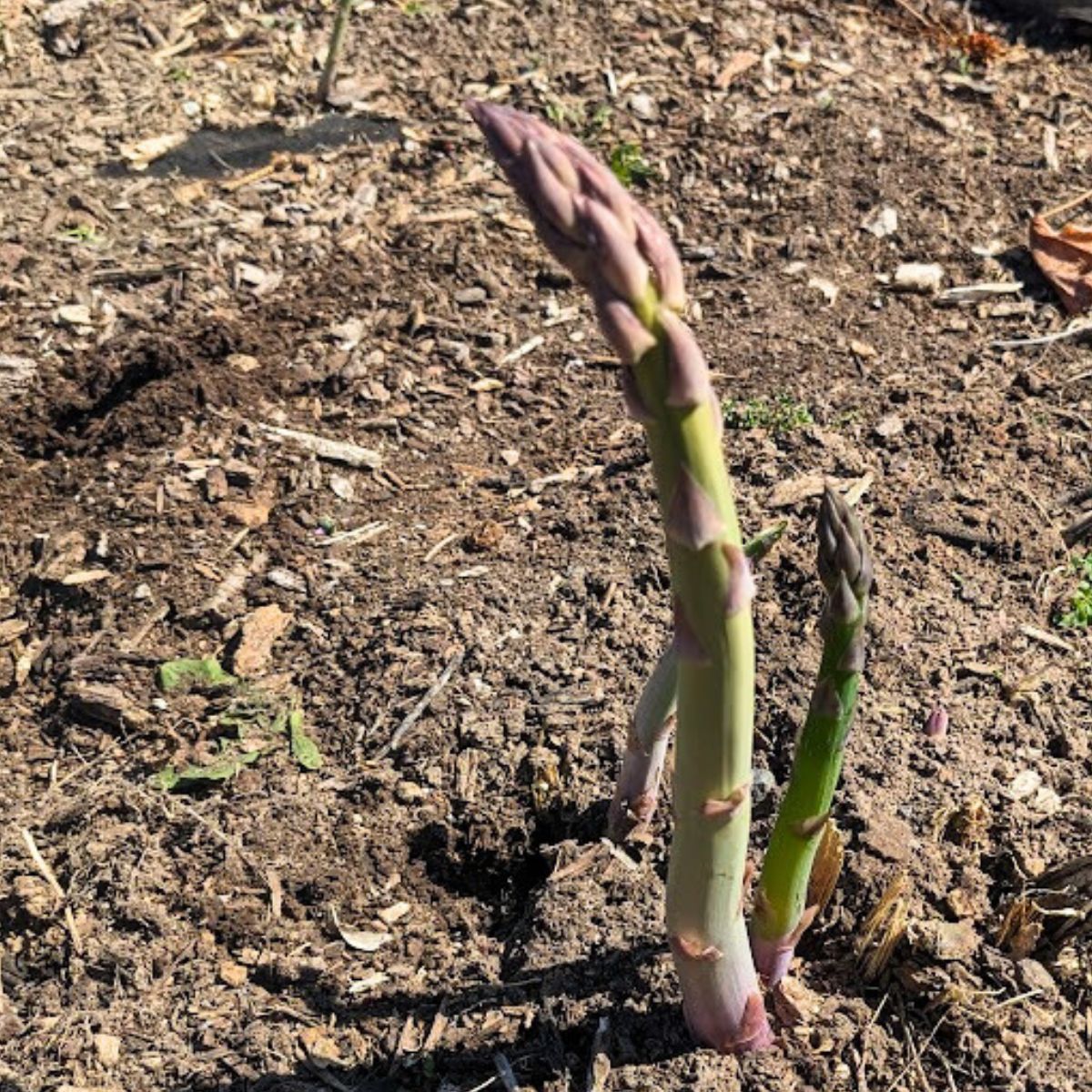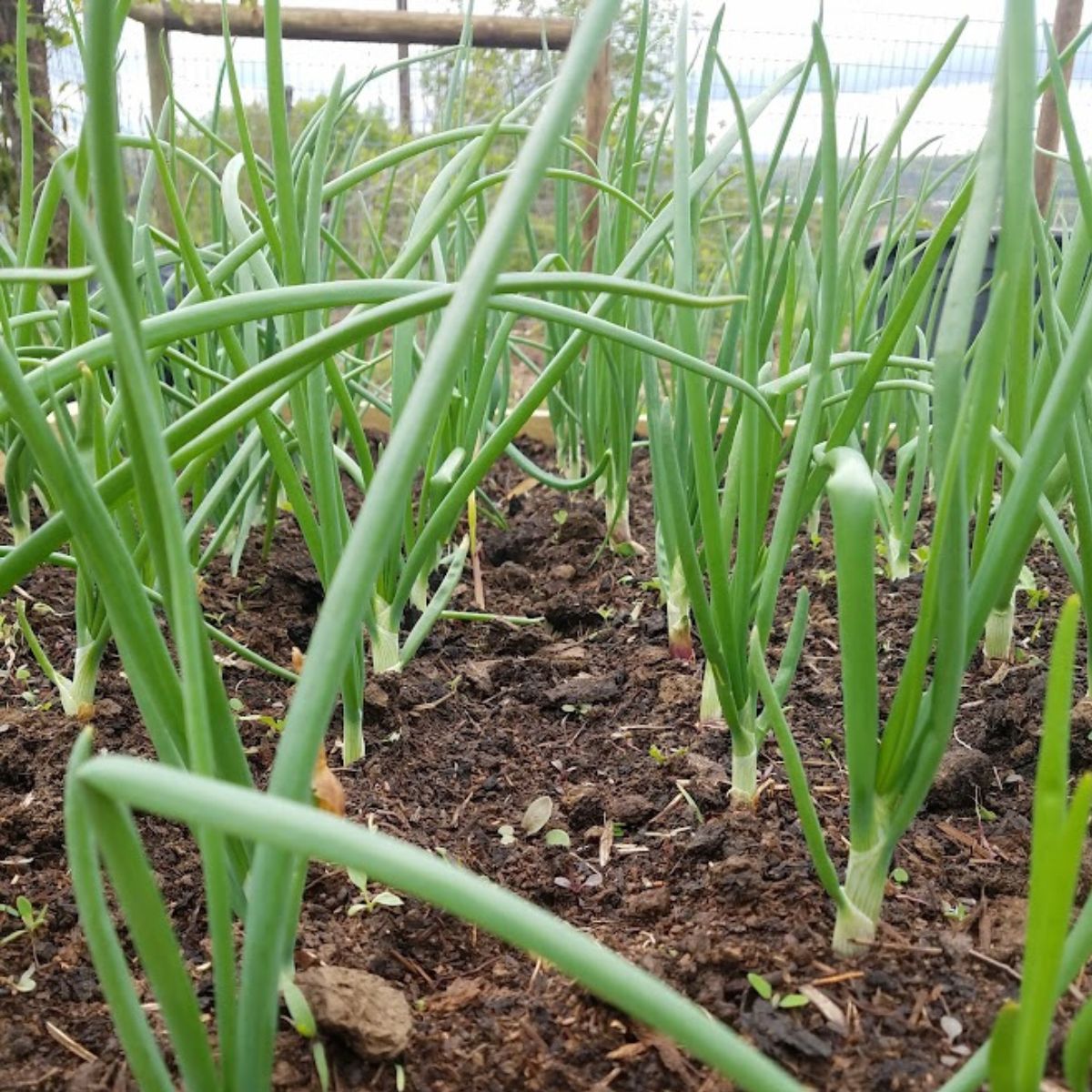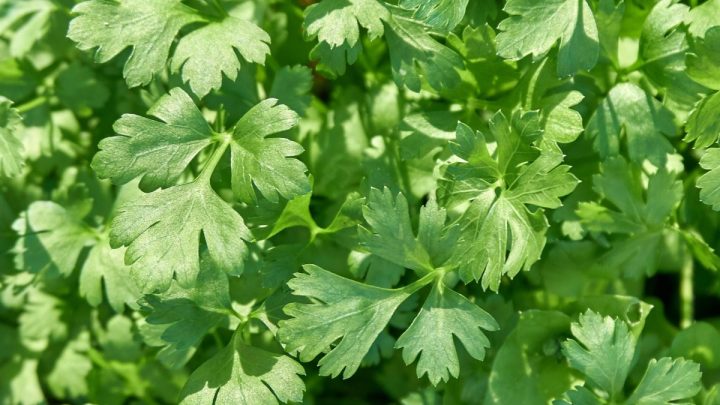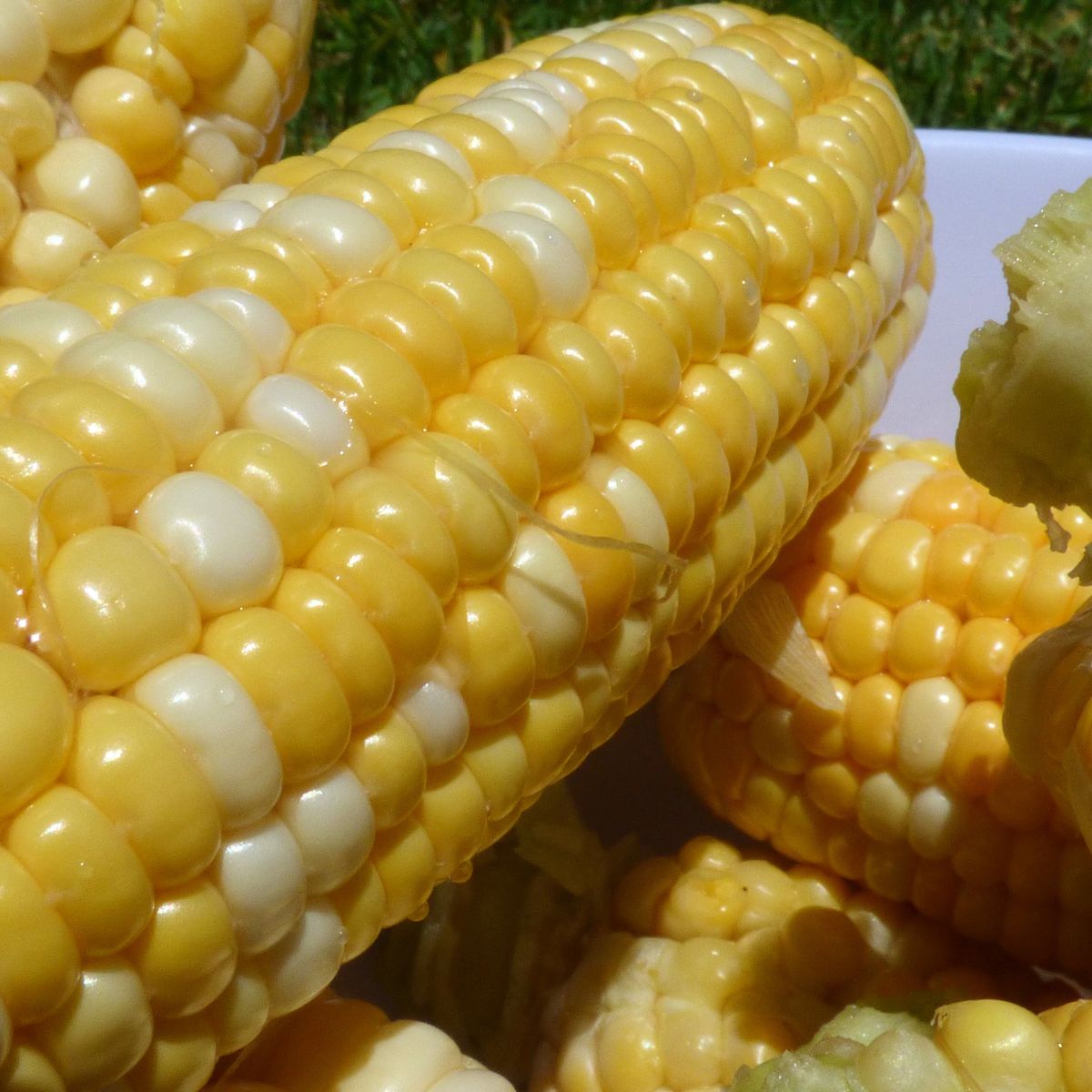This biennial cut-and-come-again herb deters insect pests with its scent and attracts beneficial insects with its flowers. Good companion plants for parsley share similar growing requirements and either benefit from or offer benefits to parsley. Parsley adds a bright flavor to a wide range of dishes and makes an excellent companion plant in the garden.

Parsley likes consistently moist soil with plenty of organic matter. It also prefers full sun — at least six to eight hours each day. Keep these cultural conditions in mind when choosing where to plant parsley and which plants to pair it with.
Great Companion Plants for Parsley
I often tuck annual herbs like parsley into whatever space is available after I plan the vegetable garden, and they typically do pretty well wherever they’re planted. However, when I do this, I’m missing out on some great benefits these herbs provide! While parsley will grow happily with most plants, it improves the growth of (or even benefits from) the following plants.
Bonus tip: Leave parsley in the ground for a second year to allow it to flower, attracting beneficial insects to the garden.
1. Asparagus

Parsley planted in the asparagus patch can lead to enhanced growth for both types of plants. Plus, parsley helps deter the dreaded asparagus beetle, a significant pest of asparagus.
Learn more about growing asparagus.
2. Beans and peas

As legumes, beans, and peas fix nitrogen in the soil, making it more readily available for other plants and boosting the leafy growth of crops like parsley. In turn, parsley flowers attract beneficial insects like tachinid flies, which feed on cutworms and other legume pests. It’s a win-win!
3. Brassicas

Broccoli, cabbage, kale, and other brassicas can be difficult to grow thanks to caterpillar pests like cabbage loopers and cutworms. But parsley deters the adult moths, discouraging them from laying eggs on the plants in the first place. And its flowers attract predatory insects that will feed on any caterpillars that do end up on the brassicas.
4. Carrots

According to Louise Riotte, author of the famous guide Carrots Love Tomatoes, parsley helps hide carrots from carrot flies with its aroma. However, some growers recommend against planting parsley and carrots together, as they belong to the same family and thus share some common pests. If you struggle with carrot flies, though, it might be worth a try!
5. Corn
Like brassicas, corn can fall prey to many different worms: earworms, cutworms, armyworms, and so on. Parsley, of course, will help deter these pests and attract beneficial insects that will feed on any that stick around.
6. Peppers

Parsley repels many pepper pests and attracts predatory insects that feed on these pests with its flowers. This leafy, low-growing herb also acts as a ground cover, shading the soil and improving moisture retention. And it can be used in place of cilantro for homemade salsa!
Check out these tips for growing peppers.
7. Roses

Parsley in the flower bed? Yes! If your roses are often afflicted by rose beetles and other insect pests, try planting some parsley around them. Parsley will repel the pests and attract beneficials, especially if you leave it in the ground and let it flower in its second year. You can also use those dainty little flowers as a baby’s breath alternative in bouquets!
8. Tomatoes

Tomatoes and parsley grown together may enhance each other’s growth. And if aphids often infest your tomatoes, plant your tomatoes near second-year parsley plants. The flowers of these mature biennials will attract hoverflies, a common predator of aphids.
Bad Companion Plants for Parsley
1. Alliums

Alliums, such as onions and garlic, can stunt the growth of parsley, so you’ll want to plant them in different areas of the garden.
2. Lettuce

If planted too close, parsley might cause lettuce to bolt earlier than normal. So if you want to grow parsley in a salad garden, plant another vegetable or two between it and the lettuce to keep your leafy greens sweet and, well, leafy longer.
3. Mint

Mint really deserves is own space, preferably fully enclosed, such as a raised bed or large pot. This fast-spreading herb has a tendency to take over, and parsley might not appreciate being so crowded.
4. Rosemary

Though rosemary and parsley both seem to belong in the herb garden, they have very different watering needs and should be kept apart. Herbs such as rosemary, lavender, oregano, and thyme prefer dry soil, while parsley, cilantro, basil, dill, and marjoram need consistent moisture.
I was planning to plant parsley next to my garlic this year, but I think I’ll put it with the broccoli to fend off cabbage worms instead! Companion planting may seem a bit overwhelming at first, but taking it one plant at a time makes it much more manageable and even fun. Annual and biennial herbs, like parsley, are a great place to start, as they offer many benefits and can easily be incorporated into the vegetable garden. Where will you plant parsley this year?




